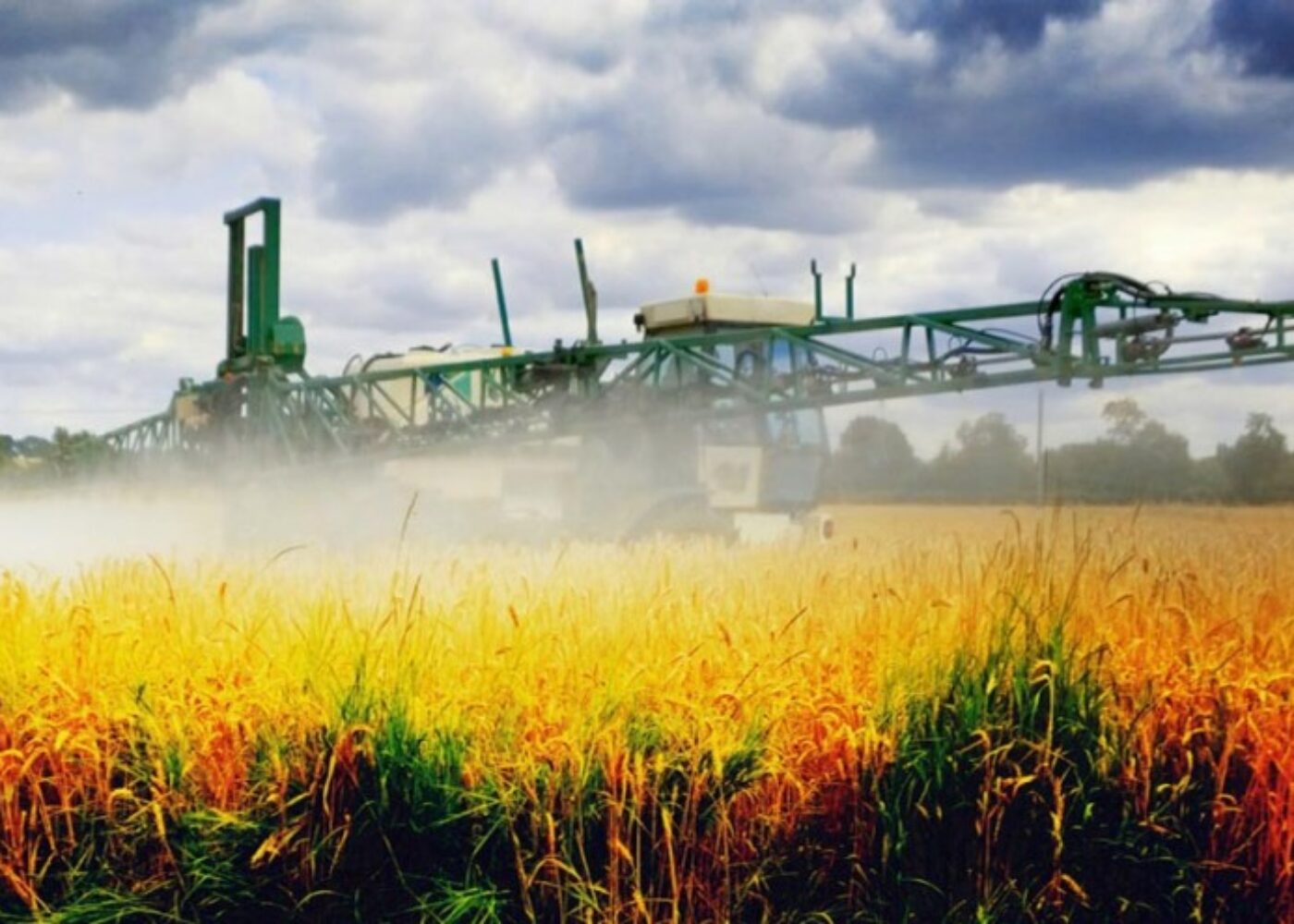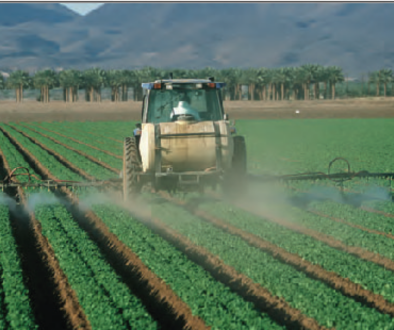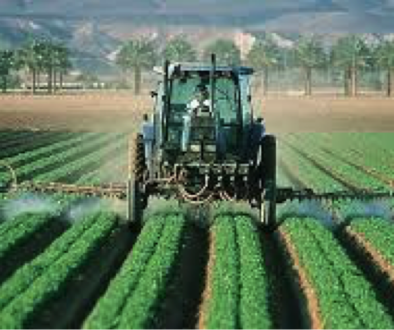RoundUp Reality: Many Food Crops Are Sprayed with Glyphosate Before Harvest

Glyphosate, the main ingredient in Monsanto’s Roundup® herbicide, is recognized as the world’s most widely used weed killer. What is not so well known is that farmers also use glyphosate on crops such as wheat, oats, edible beans, and other crops right before harvest, raising concerns that the herbicide could get into food products.
Escalating use of probable carcinogen
Glyphosate has come under increased scrutiny in the past year. Last year the World Health Organization’s cancer group, the International Agency for Research on Cancer, classified it as a probably carcinogen. The state of California has also moved to classify the herbicide as a probable carcinogen. A growing body of research is documenting health concerns of glyphosate as an endocrine disruptor, and that it kills beneficial gut bacteria, damages the DNA in human embryonic, placental and umbilical cord cells, and is linked to birth defects and reproductive problems in laboratory animals.
A recently published paper describes the escalating use of glyphosate: 18.9 billion pounds have been used globally since its introduction in 1974, making it the most widely and heavily applied weed-killer in the history of chemical agriculture. Significantly, 74% of all glyphosate sprayed on crops since the mid-1970s was applied in just the last 10 years, as cultivation of GM corn and soybeans expanded in the U.S. and globally.
Glyphosate used to speed up wheat harvest
Charles Benbrook, Ph.D., who published the paper on the mounting use of glyphosate, says the practice of spraying glyphosate on wheat prior to harvest, known as desiccating, began in Scotland in the 1980s. “Farmers there often had trouble getting wheat and barley to dry evenly so they can start harvesting. So they came up with the idea to kill the crop (with glyphosate) one to two weeks before harvest to accelerate the drying down of the grain,” he says.
The pre-harvest use of glyphosate allows farmers to harvest crops as much as two weeks earlier than they normally would, an advantage in northern, colder regions.
The practice spread to wheat-growing areas of North America such as the upper Midwestern United States and Canadian provinces such as Saskatchewan and Manitoba.
“Desiccation is done primarily in years where conditions are wet, and the crop is slow to dry down,” says Joel Ransom, an agronomist at North Dakota State University.
Originally published at The Organic and Non-GMO Report.


